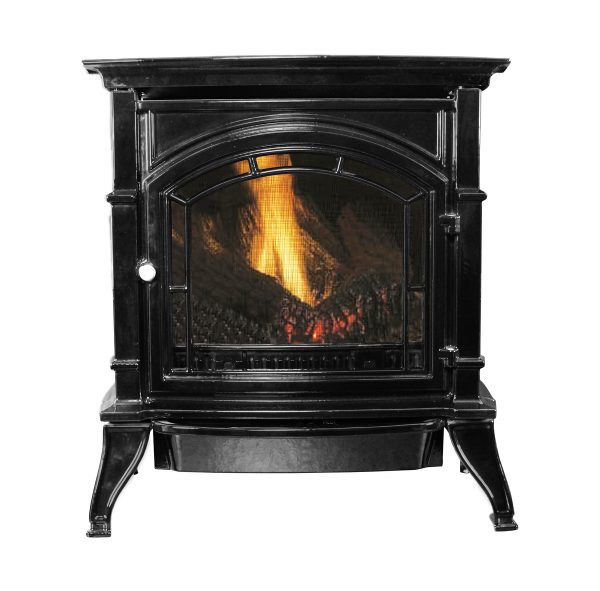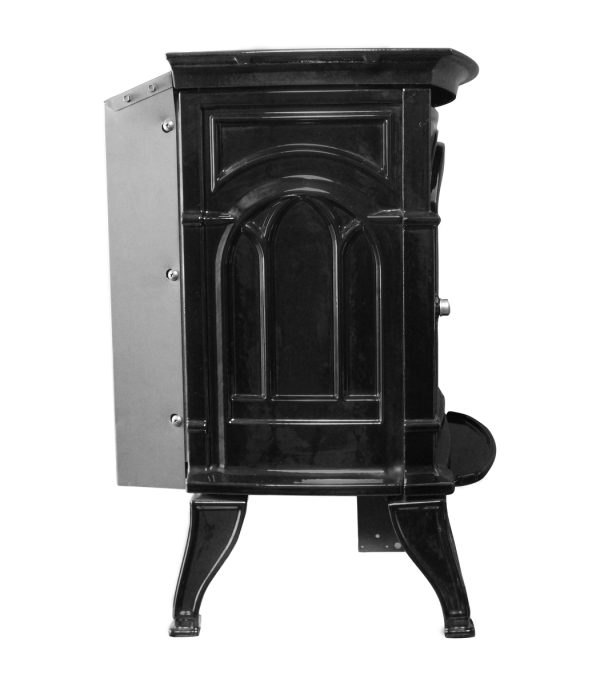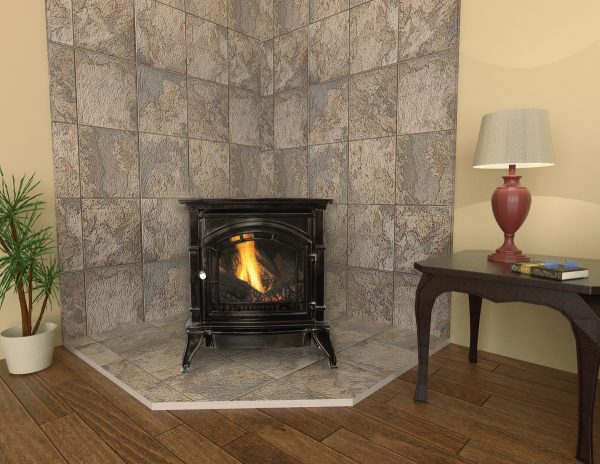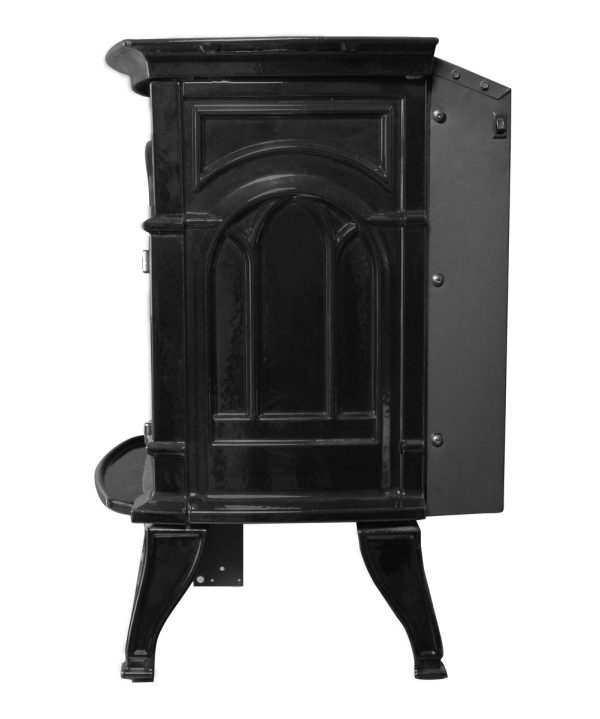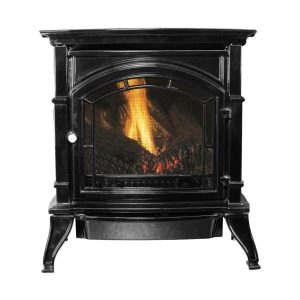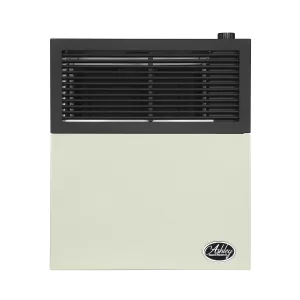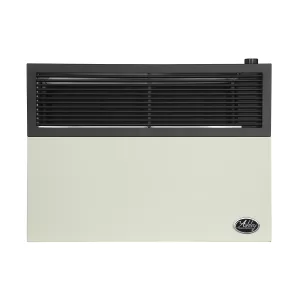Poêle au gaz naturel en fonte sans ventilation de 1 500 pieds carrés - Noir
$2,099.99
- Chauffe jusqu'à 1 500 pieds carrés
- Jusqu'à 32 000 BTU
- Gaz naturel
- Approuvé pour les maisons mobiles (États-Unis uniquement)
- Branchement du thermostat millivolt

Description
Son style classique en fonte et sa finition noire peinte font de ce magnifique poêle à gaz l'appareil de chauffage idéal pour tout espace de vie. Le poêle à gaz Ashley Hearth AGC500VFN délivre une chaleur de 32 000 BTU de manière sûre et efficace. Sans conduit d'évacuation, il est économe en énergie (99%), vous garantissant un excellent rapport qualité-prix à chaque utilisation. Un jeu de bûches est inclus pour un effet de feu réaliste. De plus, ce poêle fonctionne sans électricité, ce qui en fait le poêle idéal en cas de panne de courant. Son fonctionnement standard est simple : il suffit d'allumer l'interrupteur, de sélectionner la puissance de chauffage et de profiter de la chaleur. Facile à utiliser, il peut être raccordé à n'importe quel thermostat millivolt standard, ce qui lui permet de s'allumer et de s'éteindre selon vos besoins. Les poêles AGC500VF peuvent chauffer jusqu'à 1 500 pi² et sont disponibles au gaz naturel ou au propane liquide (PL).
Le produit est expédié sur une palette, via un transporteur LTL. Les frais d'expédition peuvent changer une fois l'adresse confirmée.
Caractéristiques
- Chauffe jusqu'à 1 500 pieds carrés
- Jusqu'à 32 000 BTU
- Gaz naturel
- Approuvé pour les maisons mobiles (États-Unis uniquement)
- Branchement du thermostat millivolt
Modèle #
- AGC500VFN
- Chauffe jusqu'à 1 500 pieds carrés avec 32 000 BTU
- Type de combustible pour cuisinière à gaz : gaz naturel
- Comprend un écran de sécurité pour éviter les brûlures et un jeu de bûches pour une flamme réaliste
- Branchement du thermostat millivolt prêt avec opération marche/arrêt facile
- Finition peinte en noir
- Approuvé pour une installation dans des maisons mobiles (États-Unis uniquement)
| Largeur assemblée (po) | 26 |
| Poids du paquet | 245 |
| Largeur du paquet | 24 |
| Hauteur du colis | 35 |
| Profondeur assemblée (po) | 29 |
| Profondeur du paquet | 31 |
| Hauteur assemblée (po) | 16 |

